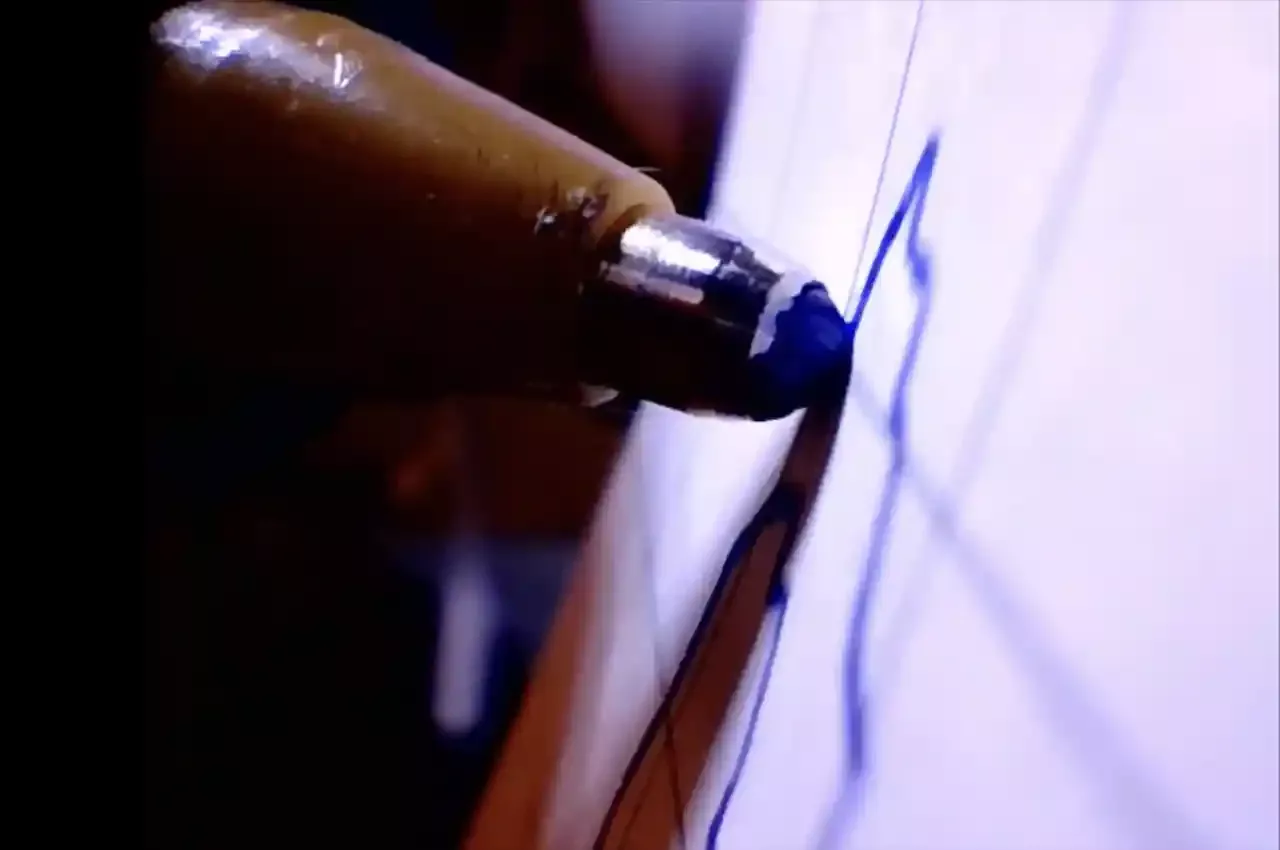Wetting the Ball: Improving Ballpoint Performance

Ballpoint pens are cheap and reliable, making them immensely popular. They originated around the time of air travel, quickly replacing fountain pens that would often leak in a plane cabin’s low air pressure.
But the low cost of ballpoint pens also creates a tendency for people to treat them as disposable, replacing the entire pen when it stops performing well rather than replacing the ink cartridge. According to the United Nations, nine billion pens are thrown away annually worldwide.
A ballpoint pen that lasts longer could reduce this waste, and Professor of Chemical Engineering Sohail Murad and Research Professor Alex D. Nikolov have published a paper in Colloids and Interfaces investigating how to improve their performance.
So how does a ballpoint pen work? It’s all in the name.
A small ball sits in the pen tip. One side of the ball is in contact with an ink cartridge and, as the ball rolls, it carries ink to the other side of the ball where it is transferred onto the writing surface.
The ballpoint pen is a microfluidic writing device that is governed by the principles of surface science, and there is a lot of chemistry involved in how the ink sticks to the ball and then how that ink gets transferred onto paper.
Murad and Nikolov used a device called a piezoelectric transducer, which produces a signal that corresponds to the pressure it detects on its surface. As they drew lines with ballpoint pens on the device, they collected data that allowed them to understand more about the ball movement and the friction of the ball inside its holder during writing.
At the same time, they did microphotography of the resulting line of ink on the page, allowing them to match the quality of the line to the movement of the ball.
“One of the things that happens with ballpoint pens is that they skip sometimes, and we found the reason for that is that the ink is not lubricating the ball completely,” says Murad. “The solution to that is to adjust the viscosity of the ink so that it can spread more evenly and maybe change the material that the ball is made of so that it can get uniformly wet.”
Ink, a complex fluid composed of water, pigment, an alcohol, and a wetting agent, can be changed by adjusting the proportions of components or adding a new ingredient. But ball coverage is not the only factor to consider.
“It’s also very important to make the quality of the ink good for adhesion to paper, which is a fibrous material,” says Nikolov.
The professors, who previously figured out how to improve the performance of fountain pens, say ballpoint pen companies have the opportunity to make a better product.
“The competition for ballpoint pens is very strong,” says Nikolov. “If you go to the internet, you can see at least 20 or 30 companies competing to develop something new, but improving the ballpoint pen’s writing performance requires an understanding of the complex phenomena governing the interactions between the pen components.”
Image: Ballpoint pen drawing on paper


![[From left to right] Associate Professor of Biomedical Engineering Kenneth Tichauer and Professor of Electrical and Computer Engineering Jovan Brankov](/sites/default/files/styles/width_350/public/2024-11/tichauer-brankov_1280x850.jpg?itok=hxdjBhlU)

